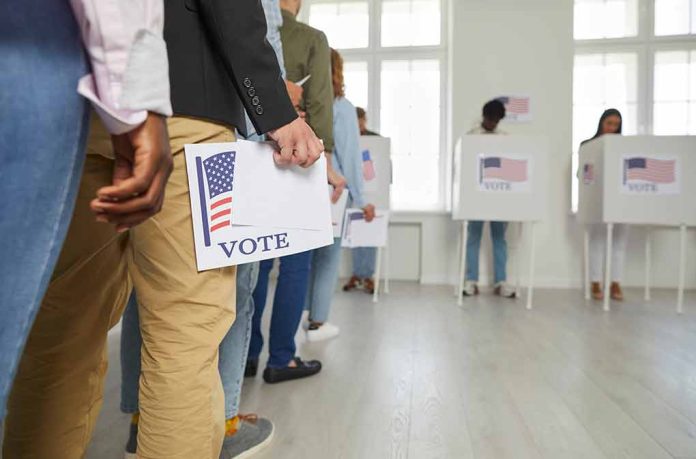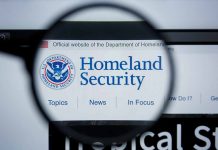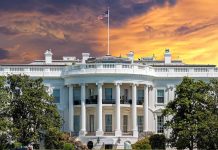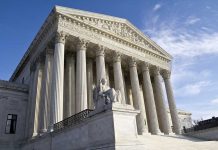
Republicans surge ahead in Nevada’s early voting, delivering a potential blow to Kamala Harris and the Democrats in a crucial battleground state.
At a Glance
- Republicans lead Democrats by 8,000 votes after the first three days of early voting in Nevada
- This is the first time since 2008 that Republicans have led at this stage in a presidential race
- Only 12.4% of Nevada’s nearly 2 million registered voters have cast their ballots so far
- The weakening “Clark firewall” in Democratic stronghold Clark County raises concerns for Democrats
- Nevada, with 6 electoral votes, is one of seven key swing states for the 2024 US presidential election
Republican Early Voting Surge Challenges Democratic Stronghold
In a surprising turn of events, Republicans have taken an early lead in Nevada’s early voting, potentially upending traditional voting patterns in this crucial battleground state. After the first three days of early voting, Republicans are ahead of Democrats by 8,000 votes, marking the first time since 2008 that the GOP has led at this stage in a presidential race in Nevada. This development could spell trouble for Vice President Kamala Harris and the Democratic Party in a state that has been leaning blue in recent elections.
The early voting landscape in Nevada shows a clear shift from previous years. While Democrats maintain an advantage in mail-in voting, Republicans are dominating in-person early voting. This trend is particularly evident in Clark County, traditionally a Democratic stronghold, where the GOP is leading in early voter turnout. The weakening of the “Clark firewall” is a significant concern for Democrats, as it has been a crucial factor in their past victories in the state.
Nevada early voting numbers show Republicans significantly outvoted Dems on Saturday, the first day of in-person EV. They even outvoted Ds in Clark County (which is heavily D).
But Ds are almost certainly going to dominate mail voting. And Clark mail numbers don’t come out until… pic.twitter.com/rDRmQ0NUMG
— Victor Joecks (@VictorJoecks) October 20, 2024
Key Factors Influencing Nevada’s Political Landscape
Nevada’s unique political makeup contributes to its status as a swing state. With about a third of voters identifying as independent, the state is considered “purple,” making it a prime battleground for both parties. In the 2020 election, Joe Biden narrowly won Nevada by 33,500 votes, highlighting the state’s potential to swing either way in close races.
“Everything was much cheaper before,” says Juan Rodriguez, reflecting the sentiment of many Nevada voters grappling with economic challenges.
Key voter concerns in Nevada include inflation, rising housing prices, and unemployment, which stands at around 5.5% – the highest in the US. These economic issues are particularly pressing in a state where the tourism and hospitality sectors play a significant role. Both parties are attempting to appeal to working-class voters by promising to end taxes on tips, a critical issue in Nevada’s service-oriented economy.
The Latino Vote and Campaign Strategies
The Latino vote, comprising 20% of Nevada’s electorate, is crucial in this battleground state. However, low voter registration rates among this demographic present a challenge and an opportunity for both parties. Democrats and Republicans are intensifying their outreach efforts to engage this vital voting bloc.
“People want things to get better. They want unemployment to go down, as well as the price of goods,” explains Diego Arancivia, highlighting the economic priorities of many Nevada voters.
In response to the early voting trends, both parties are ramping up their campaign efforts. Former President Barack Obama recently held a campaign rally in Las Vegas to support Vice President Kamala Harris, underscoring the importance Democrats place on securing Nevada’s 6 electoral votes. Meanwhile, Republicans are capitalizing on their early lead, focusing on maintaining momentum throughout the remaining days of early voting.
Looking Ahead: Implications for the 2024 Election
While the early voting numbers are significant, it’s important to note that only 12.4% of Nevada’s nearly 2 million registered voters have cast their ballots, with 11 days of early voting remaining. This leaves ample room for shifts in the voting patterns and intensifies the urgency for both parties to mobilize their supporters.
The early voting trends in Nevada could be a bellwether for the 2024 presidential election. If Republicans maintain their lead, it could signal a significant shift in the state’s political landscape and potentially impact the national electoral map. For Democrats, these early numbers serve as a wake-up call, highlighting the need to reinvigorate their ground game and voter outreach efforts, particularly in key areas like Clark County.






















